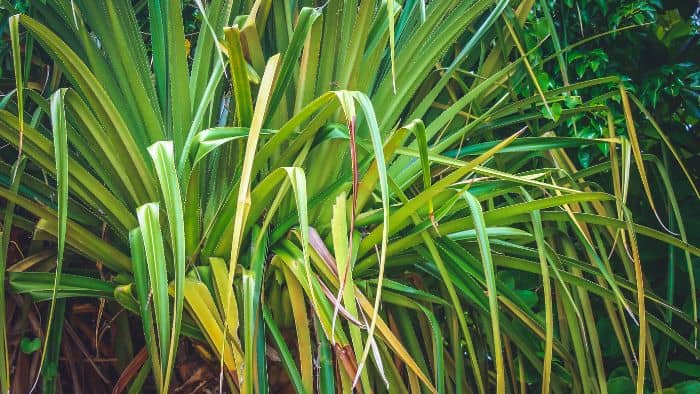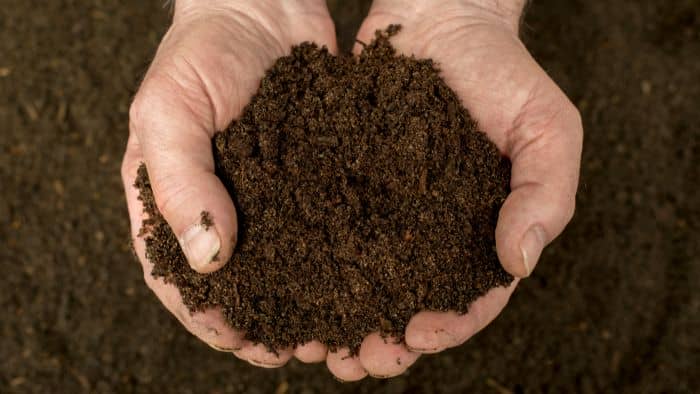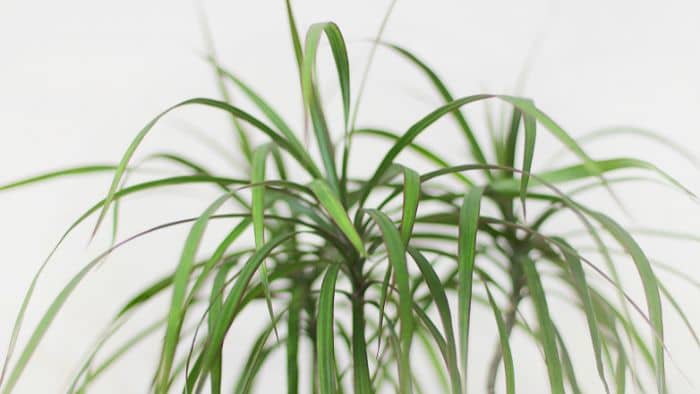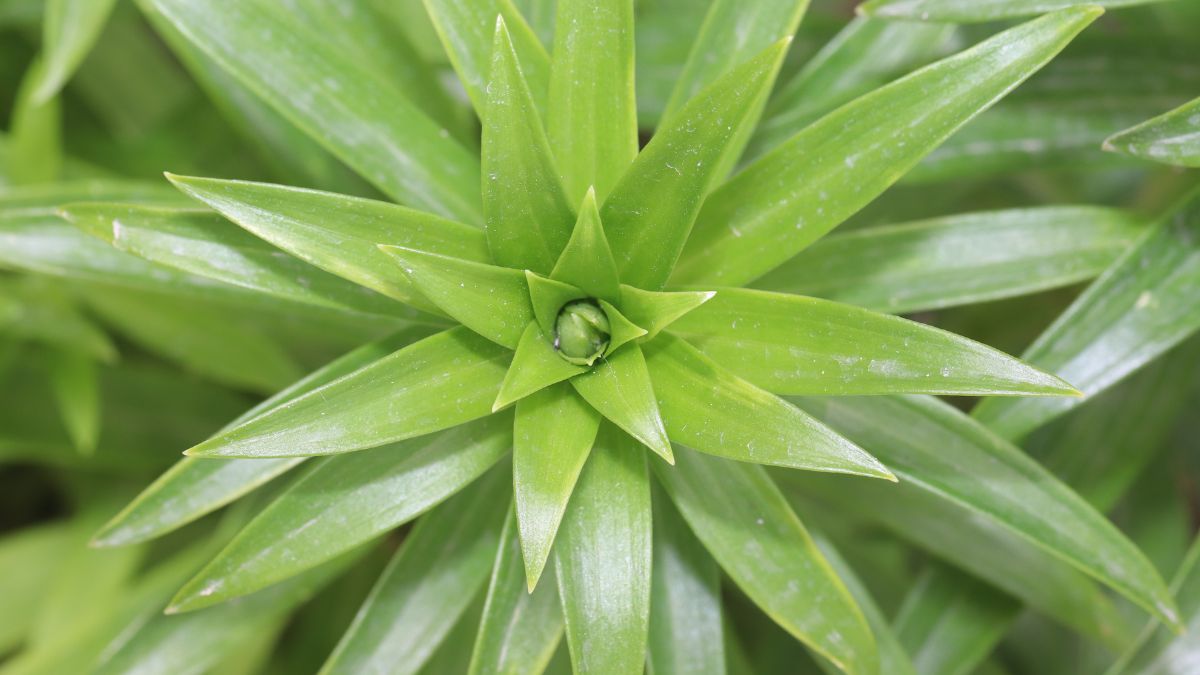In this blog post, we give you information and vital tips about the Best Soil for Dracaena Marginata. All varieties of these plants require the proper soil mixture to thrive. In actuality, selecting an appropriate base is crucial for the health of your plant, along with other growing variables like humidity and light.
There are various crucial roles that a growing medium plays in plant growth. The correct environment acts as an anchor for your plant, allowing roots to expand and establish a solid base. The nutrients, oxygen, and water that plants require to survive are also present in the soil. This is why it is essential to select the best one as it will have a promising effect on the health of your plant.
We’ll go over some fundamentals of soil in this guide to assist you to select the optimal mixture for your plant. These common indoor succulents also referred to as dragon trees, are low-maintenance and adaptable. However, they do have their demands to grow their best and need a rich, well-draining medium for this reason. Continue reading to discover the ideal soil mixture for a dracaena marginata below.
Dracaena Marginata Soil Type
If you want your tree to flourish, selecting the best soil for dracaena marginata is essential. The ideal soil for dragon trees should be loose, have good draining properties, and be rich in nutrients. They favor a pH between 6 and 7 that is somewhat acidic to neutral. The soil type that best suits these plants is one that resembles their natural habitat which is the volcanic ground of Madagascar.
Adding loam for nutrients, peat or coco coir for acidity, and vermiculite or perlite for drainage improvement is recommended. For your plants to flourish, they require nutrients and minerals that include potassium, nitrogen, and phosphorus. Air should be present in the tiny holes that separate soil granules which would be ideal for the roots to breathe.
Additionally, the soil pores provide plants with the water they require to survive and grow. Water is absorbed by the roots and then travels through the plant, carrying nutrients with it. Your dracaena marginata will also be shielded from substantial temperature variations, which function as insulation when using the correct growing medium. Here’s a video with more information about this hardy houseplant.
Potting Soil For Dracaena
A variety of ingredients found in potting soil mixes can help retain moisture and nutrients, enhance drainage, and increase aeration. To increase or decrease pH levels, you can also add several essential elements for your dracaena to grow its best. This is because the health of your plant depends on the composition of the soil mix you use. For this reason, we recommend using the best soil for dracaena marginata.
Here Are Some Of The Typical Components Used In Potting Soil Mixtures:
Pebbles and rocks – can be put in a tray under a pot with water to promote humidity. Additionally, it can also be added to the bottom of planters to reduce the amount of soil required.
Sand – improves soil aeration and drainage by loosening mediums like clay which easily compacts.
Humic acid – included in soil activators hastens the breakdown of biomass to release more nutrients.
Peat Moss – is an organic substance that is obtained from bogs and wetlands. It reduces soil pH, improves drainage, increases moisture retention, and loosens the soil.
Vermiculite – is a lightweight substrate that improves nutrient retention and air circulation.
Coco Coir – is a fiber made from coconut produce that increases moisture retention and aeration.
Organic matter or Compost – is decayed plant and animal debris, often known as biomass, which enriches the soil with nutrients.
Perlite – is volcanic ash with a neutral pH that loosens soil for enhanced aeration and drainage as well as improving moisture retention.
Pine Bark – is a thin byproduct used as mulch to reduce soil pH, enhance drainage, and preserve moisture.
Pumice – is a lightweight, highly porous volcanic rock that helps to aerate clay soil, promote moisture retention in sandy soil, and loosen the potting mix.

Dracena Soil Mix Recipe
Although there are several readily available mixes that you can use for your plant, opting for the best soil will be favorable. This soil type includes ingredients like compost or living plant and animal materials combined with other minerals. Keep in mind that the size and texture of the particles determine the overall quality of the blend.
Sand is the name given to the largest soil particles which give your plant plenty of oxygen and it drains well. However, it isn’t as capable when it comes to storing water or nutrients well. Clay soil has a sluggish drainage rate and little air content but it does retain moisture and nutrients efficiently. On the other hand, the majority of silty soils offer a harmonious mix of nutrient and moisture retention along with excellent drainage and sufficient aeration.
These particles are all present in the soil, and each one is identified by its dominating components. Loamy soil is described as having a balanced distribution of all three particles while a peaty blend is rich in biomass, offers efficient moisture retention, and has a mild pH. Also, because it contains more calcium carbonate, chalky soil is more alkaline but doesn’t hold onto nutrients as well.
The health of your plant will depend on the sort of soil mix you select. Choose one that best satisfies your tree’s needs because each species has its own unique preferences. The ideal potting soil mixture for dragon trees has a high concentration of nutrients, the correct amount of water retention, great drainage, and a pH that is just slightly acidic. Take heed of the potting mix recipe below to grow thriving dragon plants.
Dracaena Soil Mix Recipe Includes A Mixture Of:
– One part loam should be added to the blend for nutrient uptake.
– For drainage, use one part pumice, perlite, or vermiculite.
– For pH and moisture, use one part peat moss and pine bark that has been moistened with a little warm water.
– One-part compost is an ideal addition as it affords your plant with an abundance of organic-rich nutrients.

Can I Use Succulent Soil For Dracaena?
Yes, you can use succulent soil for dracaena plants. This soil type is ideal for supporting them physically, storing a small amount of moisture and nutrients, and draining flawlessly to prevent damage from excess water. This is especially true and would be beneficial if you live in a rainy place. For hardy landscape succulents, the growing medium you use in the garden will probably be very different from what you use in containers. For this reason, we advise you to make use of the best soil for dracaena marginata whether they are planted indoors or outside.
Because succulents can withstand drought and don’t require constant watering, their potting soil should be permeable, well-draining, and contain less organic matter than typical indoor mixes. The ideal growing medium should be a loose, granular mixture with a good amount of sand and perlite or pumice. Additionally, you may create a fantastic dracaena potting soil by combining peat, loam, and either perlite or vermiculite in equal amounts.
Here Are A Few Essential Care Tips For Your Dragon Tree:
1. Planter – Ensure that the planter you use to pot your dracaena has drainage holes and is at least 2-3 inches bigger than the root ball’s width. We recommended a terracotta pot as it has a moisture-wicking function that can be useful if you have a tendency to water your plants excessively.
2. Watering – One of the most crucial factors in ensuring the success of your plant is proper watering! This plant prefers constantly moist but not wet soil because that is where it grows naturally on riverbanks in its original environment.
3. Fertilizer – Your dragon tree won’t require a ton of fertilizer because it grows slowly, but it does need some. Use liquid indoor plant food once a month during the growing season for the best results.

4. Humidity and Temperature – This tree thrives in ordinary indoor temperatures and humidity levels, which is another fantastic feature. Anything between 65 and 80 F is acceptable for it to thrive. You can also mist your plant, group it with other plants, or use a humidifier to keep it happy and healthy.
5. Pruning – Your Dracaena won’t need to be pruned frequently because it maintains a good level of neatness on its own. However, to maintain and enhance the health of the plant, you might occasionally need to trim away damaged parts.
Conclusion
Dragon trees frequently experience issues with water, either too much or not enough. This problem can be further enhanced by incorrect growing mediums that are not compatible to satisfy your plant’s needs. Therefore, the best soil for dracaena marginata is highly recommended to maintain them consistently.
Keep in mind that you might be using the incorrect soil mixture if you detect browning or mushy leaves on your plant. Particularly, poor soil drainage can result in roots that are wet and decaying. Leaf loss and discolored stems are additional symptoms of root rot brought on by inadequate drainage.

In this case, take heed of our advice and tips above and improve drainage by adding pine bark, pumice, perlite, or sand if you see any indications of moist feet. In order to promote aeration, you can get away with using regular cactus potting soil if you add a few handfuls of perlite or vermiculite. For more information about the drought-tolerant dragon tree, click on this informative link.

